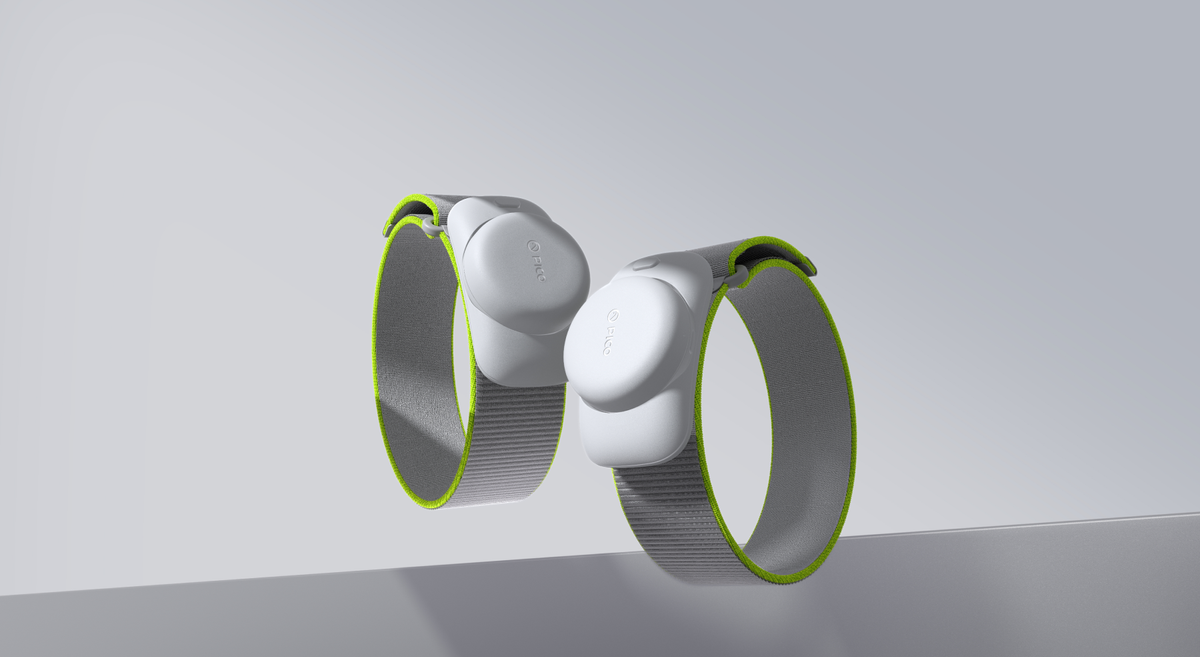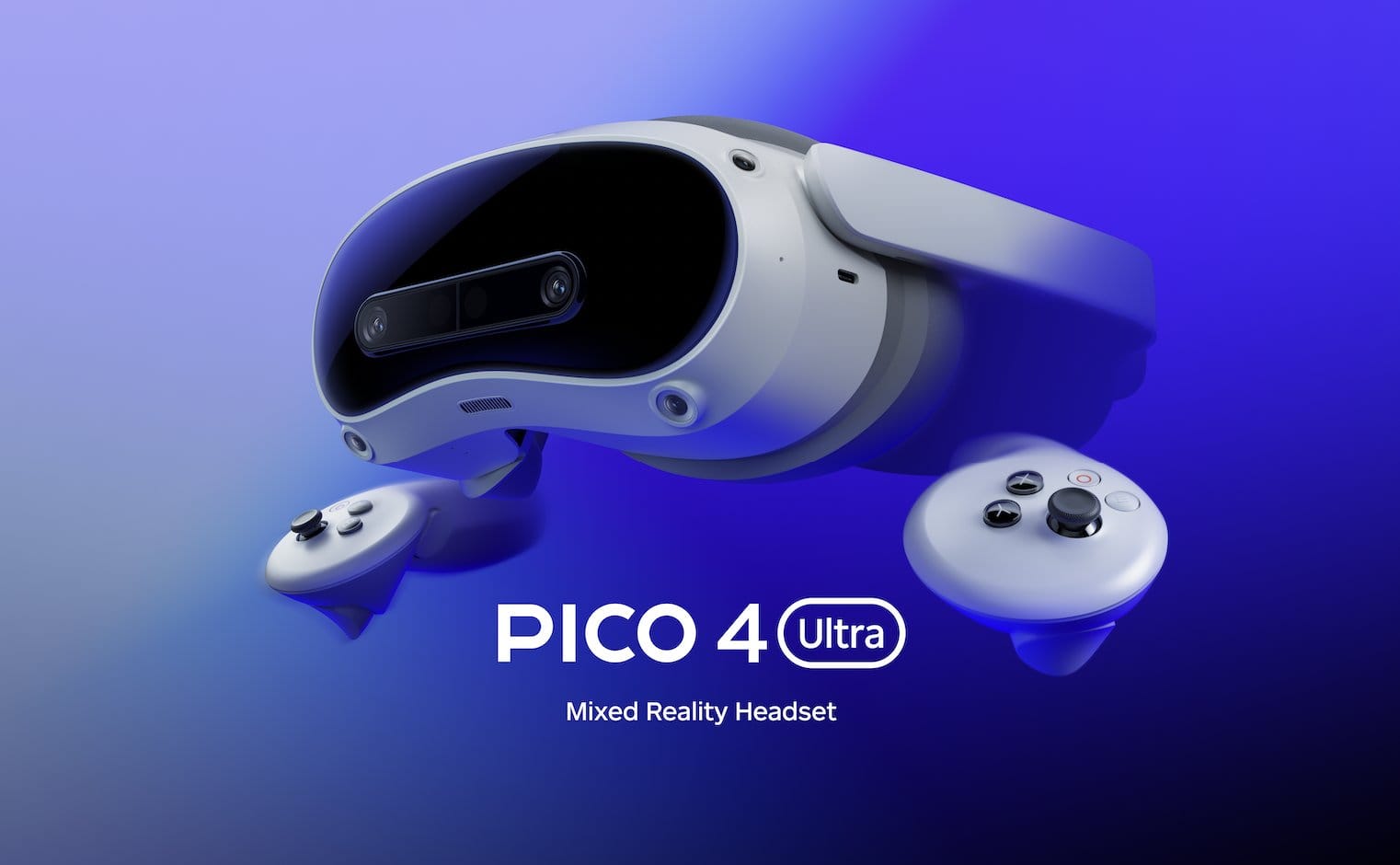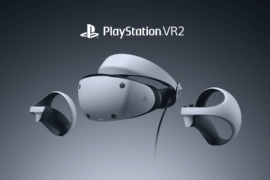ByteDance officially announced and opened preorders for its new headset, Pico 4 Ultra, in China.
0:00
Pico 4 Ultra is a refresh of Pico 4 with upgraded chipset, RAM, passthrough cameras, sensor suite, battery, Wi-Fi, and controllers.
The lenses, displays, and overall design of Pico 4 Ultra remain almost identical to the original, except the company says the display is now 25% brighter.
| Pico 4 Ultra | Quest 3 | Pico 4 | |
| Launch | 2024 | 2023 | 2022 |
| Field of View | 105° × 105° | 110° × 96° | 105° × 105° |
| Eye Relief Adjustment |
❌ | ✅ | ❌ |
| Pixels Per Eye | 2160×2160 | 2064×2208 | 2160×2160 |
| Max Refresh Rate |
90Hz | 120Hz | 90Hz |
| Chipset | Snapdragon XR2 Gen 2 (4nm) |
Snapdragon XR2 Gen 2 (4nm) |
Snapdragon XR2 Gen 1 (7nm) |
| RAM | 12GB | 8GB | 8GB |
| Passthrough | Binocular (20.6 PPD) |
Binocular (18 PPD) |
Monocular |
| Depth Sensing | ✅ | ✅ | ❌ |
| Strap Type | Semi-Rigid Plastic (Not Replaceable) |
Flimsy Cloth (Replaceable) |
Semi-Rigid Plastic (Not Replaceable) |
| Battery Location | Rear Padding | Visor | Rear Padding |
| Battery Size | 21.9Wh | 18.9Wh | 20.4Wh |
| Charging Speed | 45W | 27W | 20W |
| Wi-Fi | 7 | 6E | 6 |
| Spatial Video Capture |
✅ | ❌ | ❌ |
| Storage | 256GB | 128GB / 512GB | 128GB / 256GB |
Pico 4 Ultra uses the same Snapdragon XR2 Gen 2 chipset as Meta Quest 3. But whereas Quest 3 pairs it with 8GB of RAM, Pico 4 Ultra has 12GB. This could make it superior for on-device multitasking, and potentially allow game developers to use higher-resolution textures and more details.
The monocular passthrough camera of the original Pico 4 has been replaced with two 32-megapixel cameras which the company says are used to deliver perspective-correct passthrough with low distortion. Passthrough only samples the cameras at 8 megapixels though. The system combines each block of four pixels into one, a technique known as pixel binning which is used by many modern smartphones.
ByteDance claims the angular resolution of Pico 4 Ultra’s passthrough is 20.6 pixels per degree (PPD), compared to the 18 PPD Meta claims for Quest 3’s passthrough.
The color cameras are also used for 3D video capture, up to 2048×1536 at 60 FPS. Additionally, ByteDance says Pico 4 Ultra can natively decode Apple spatial videos captured by iPhones and Vision Pro.
Between the two color cameras is what Pico describes as a time-of-flight sensor which is used for 3D environment meshing, similar to the purpose of Quest 3’s depth projector.
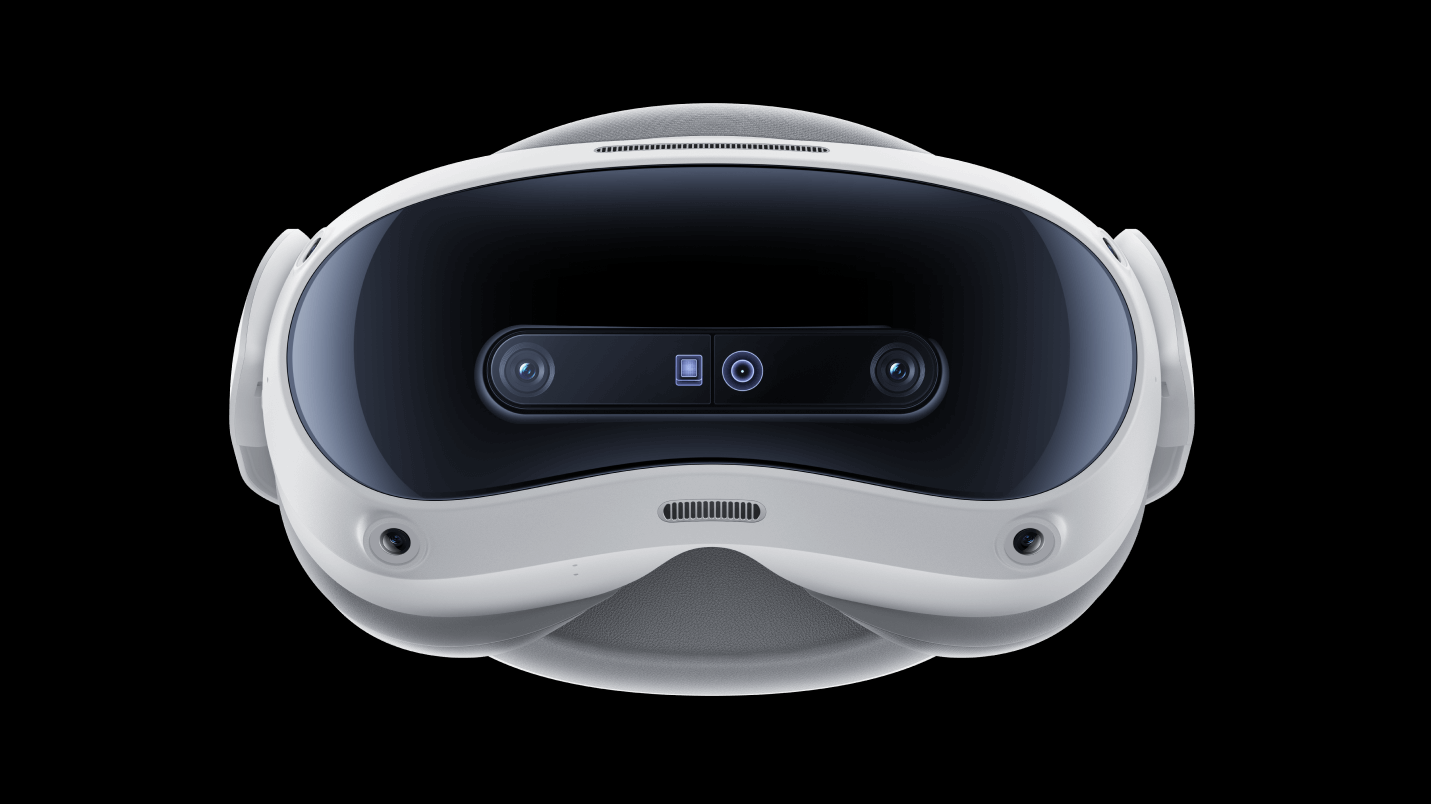
The battery in the rear of Pico 4 Ultra’s strap is slightly larger than the original’s, though the company isn’t claiming longer battery life, so this is likely to power the additional sensors. More significantly, the new battery supports charging at up to 45W, more than double the 20W of the original Pico 4. This should enable charging from 0% to 100% in less than an hour.
Pico 4 Ultra is the first headset to support the new Wi-Fi 7 standard, which could enable more stable PC VR streaming for those who have a Wi-Fi 7 router.
Finally, on the hardware side, Pico 4’s distinctive arc controllers have been replaced with new ringless controllers that weigh only half as much. They resemble Quest 3’s Touch Plus controllers but with a less curved handle, and seem to be slightly larger.
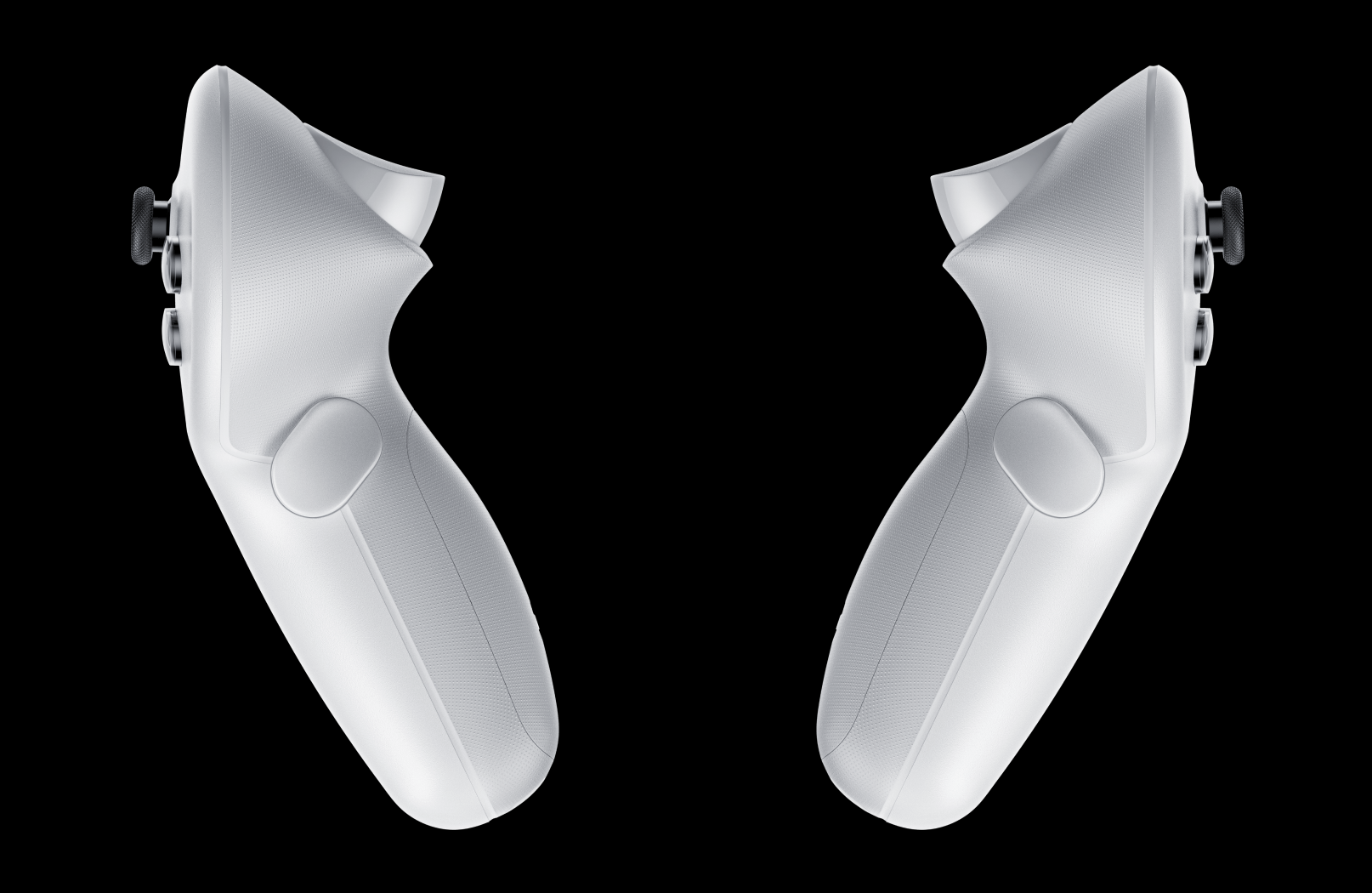
On the software side, Pico OS will receive major updates to improve its capabilities as a general computing platform and integrate other devices.
The default rendering resolution for immersive apps has been increased to 1920×1920, up from around 1500×1500 on the original Pico 4.
Pico is launching an on-device video editing app that supports editing 3D spatial videos and publishing them to TikTok.
And as with Apple’s visionOS and now Meta’s Horizon OS, Pico OS will soon let you freely position windows in space. These can be browser windows, system panels, or Android apps.
ByteDance is launching its own 2D Android app store on Pico, in China at least, which will include some of the country’s most popular apps. This will include Douyin (TikTok) and iQIYI, China’s equivalent of Netflix.
The company claims you can also wirelessly mirror your PC, Mac, iOS, or Android devices to virtual windows in Pico OS. Wireless smartphone mirroring is a major claim, given Meta asked Apple for permission to do this and is in the meantime resorting to a wired method that requires a capture card.
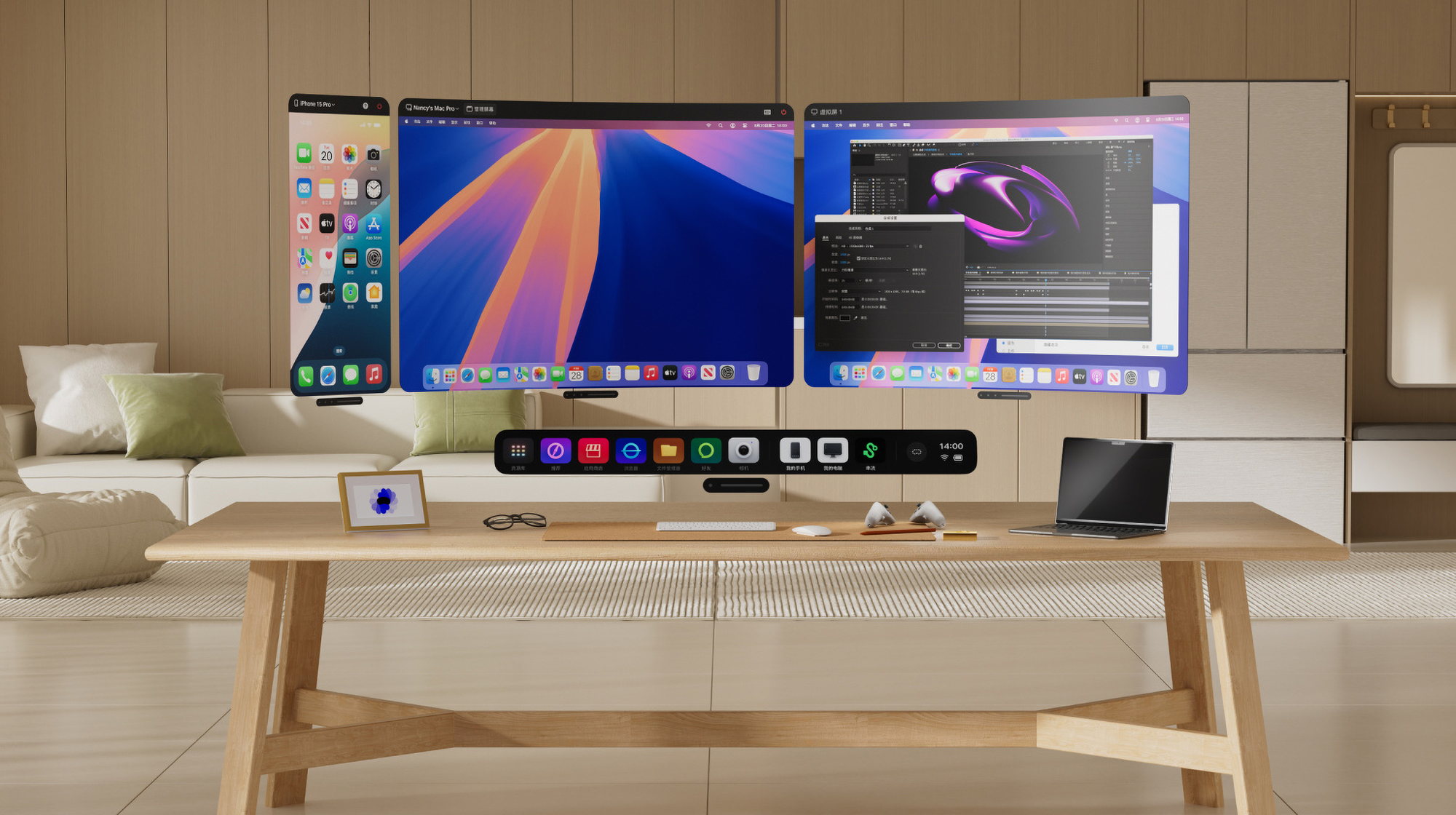
In China Pico 4 Ultra is available to preorder for ¥4300, which equates to around $600. Shipping is set to begin on September 2.
ByteDance hasn’t yet announced which other countries the headset will launch in, though it was recently certified by a South Korean regulator. We’ll keep a close eye on the company for any hints or announcements of Pico 4 Ultra arriving outside China.
